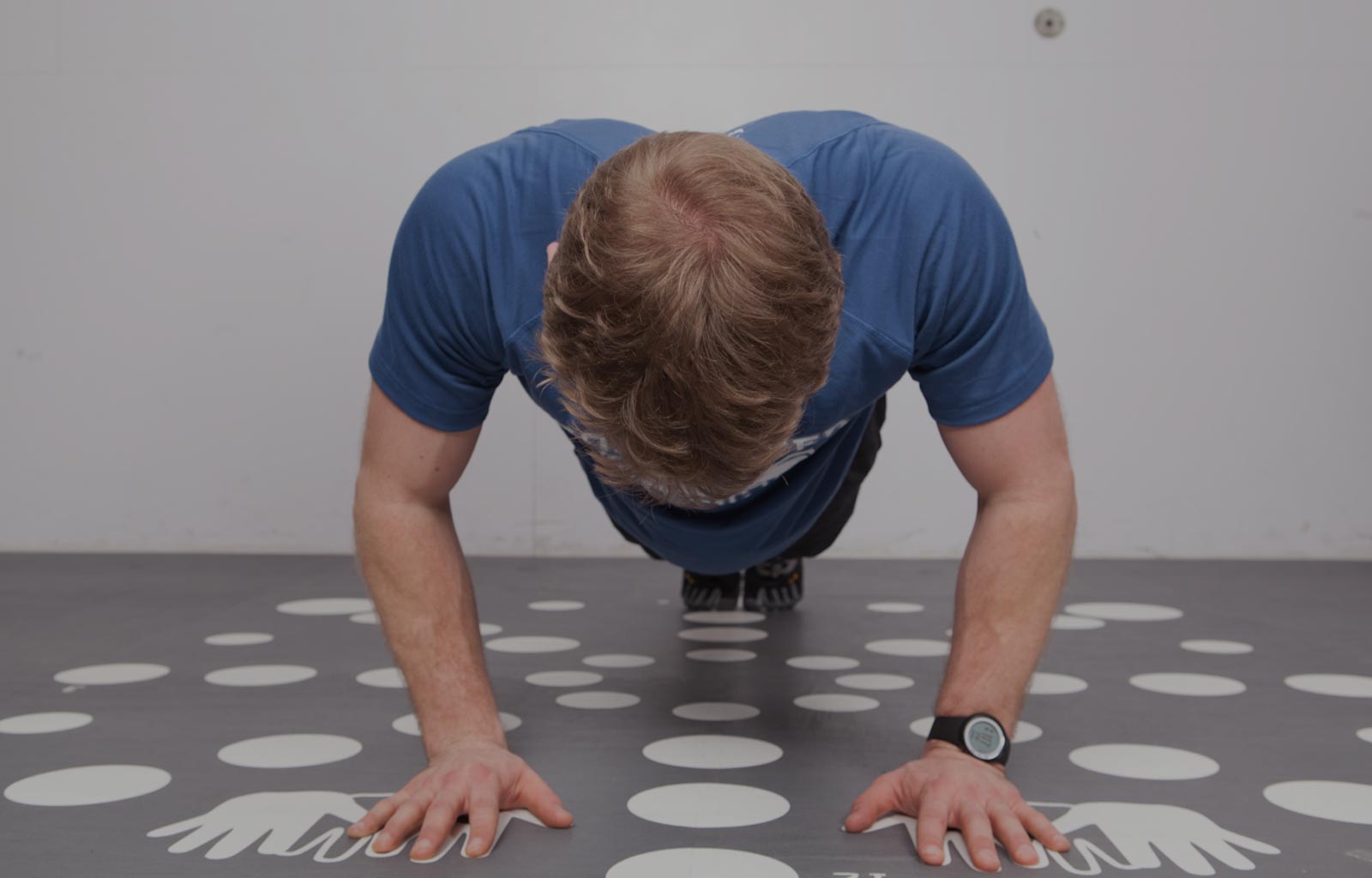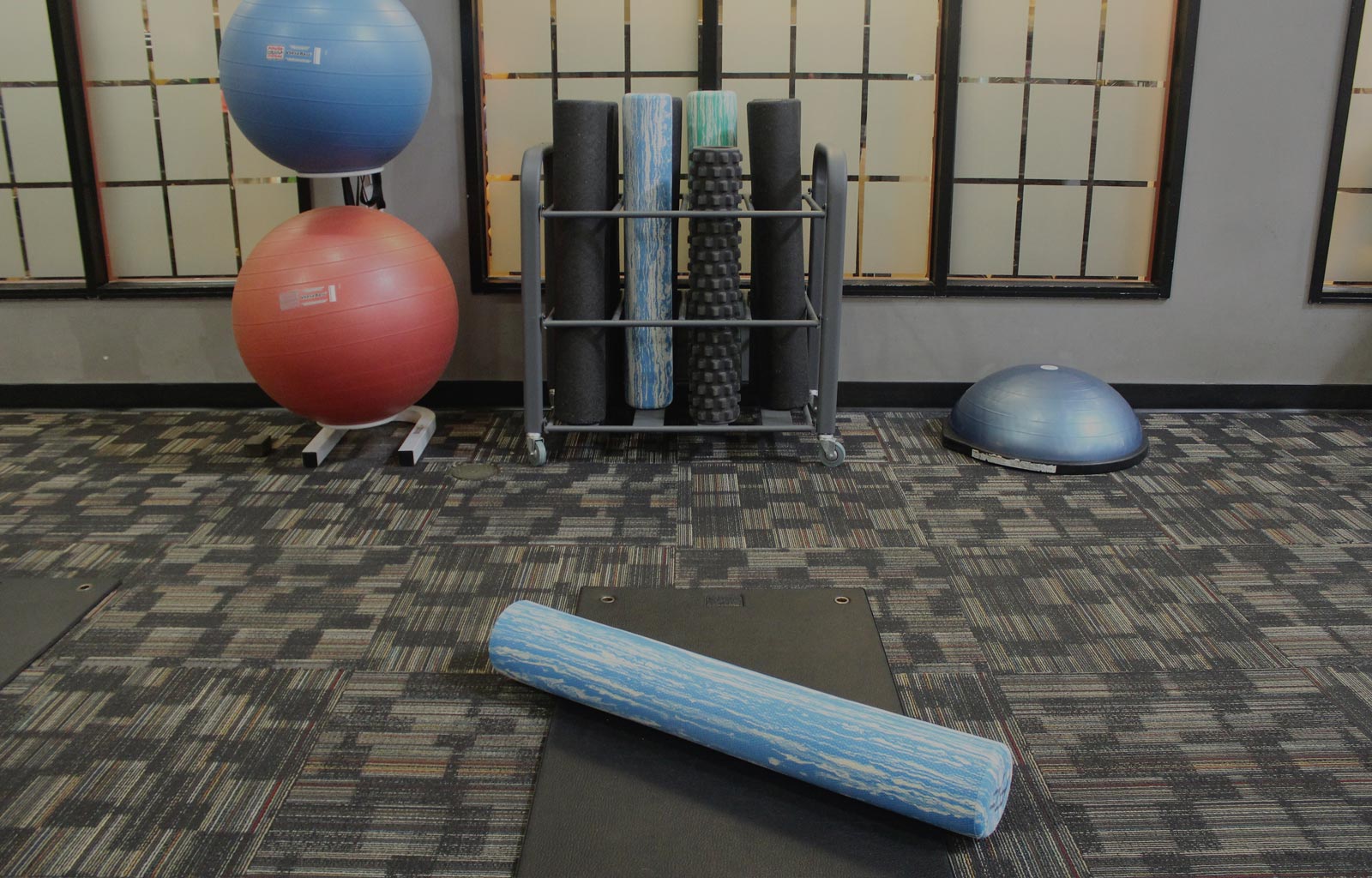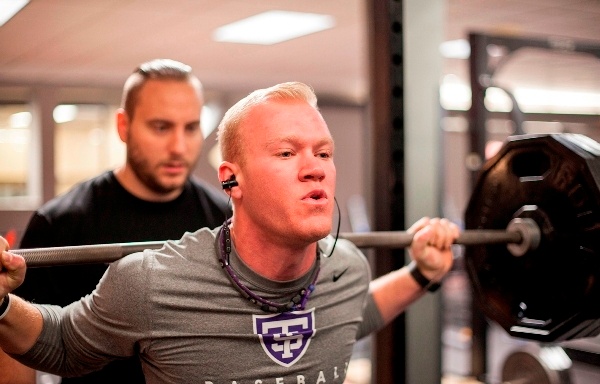Pregnancy is a beautiful and transformative time and maintaining activity during this period can offer numerous benefits for everyone involved. Let’s dive into the world of prenatal fitness and discuss the physical changes and the hormones that initiate these changes, general recommendations for working out, and some contraindications that may not allow exercise during this time or may require modifications.
We all know that hormones play a huge role throughout the entire pregnancy. They fluctuate day to day and even trimester to trimester.
- Progesterone is a hormone that keeps the pregnant body in “stasis”. It increases early in the pregnancy and its job is to suppress the mother’s immune system enough to keep the body from seeing the growing fetus as a foreign body and fighting against it.
- Estrogen is the key hormone between the mother, fetus and placenta. It allows for uterine blood flow to increase, helps grow the uterus and develops breast tissue. Due to the increase of blood flow, there is an increase in urination and congestion.
- In addition, hCG (human chorionic gonadotropin) is the hormone that pregnancy tests will test for to confirm pregnancy. hCG levels double every 48 hours during the first trimester and is one of the main reasons for “morning sickness” or nausea and vomiting early on in pregnancy due to its dramatic rise.
- Relaxin is a hormone that allows for the relaxation of smooth muscles in the pelvis to allow for the uterus and pelvis to grow in order to accommodate the growing baby. This can also cause other tendons and ligaments to relax which allows for further and deeper stretching that can possibly lead to an increased risk of injury.
The human body’s ability to give birth is indeed a marvel of evolution, and the presence of ancestral DNA plays a significant role in this extraordinary process. The amount of blood circulating through the pregnant body increases by 40-50% and maxes out around 32 weeks. Due to the increase in blood, this increases the amount of blood the heart pumps out by 30-50%. Which ultimately increases heart rate by 10-15 beats per minute. The heart even shifts upward and rotates to the left, changing its positioning in the body to accommodate for the growing uterus.
As personal trainers, it is important to know how pregnancy impacts the body. Due to the increase in heart rate, using heart rate as a measure of intensity of an exercise is not recommended. Instead, RPE should be used. It is okay for pregnant clients to work hard and increase their heart rate to a RPE of 6-8, they should not be out of breath and able to have a “breathy” conversation. This may change depending on the client, but ultimately do what feels best for each client.
When exercise is incorporated into a pregnancy, we tend to see copious amounts of physical and mental benefits. Some of them include a higher incidence of vaginal birth, decreased risk of gestational weight gain; thus, lowering the chances of developing gestational diabetes, hypertension, preeclampsia, high blood pressure and a lower infant birth weight, and a decrease in anxiety and depression.
As amazing as exercising can be while pregnant, it can also be detrimental in certain scenarios. Medical providers will indicate very specific instances where exercise might not be a top priority during the pregnancy. Some contraindications include incompetent cervix, IUGR (intrauterine growth restriction), preeclampsia, placenta previa, anemia, uncontrolled hypertension, vaginal bleeding and cardiovascular or respiratory diagnoses. Some warning signs that are important to look out for are achy abdominal pain, feeling dizzy or light headed, chest pain and/or leaking and bleeding.
As more and more research is happening, we are finding ways to bust some of the myths that we once believed to be true about exercise during pregnancy. There is no such thing as a “safe” or “unsafe” exercise that should or should not be done during pregnancy (as long as there is no risk of falling onto the belly). The ideal goal is to perform 150 minutes per week of moderate intensity over a minimum of 3 days per week. This can include muscle strengthening activities 2x/week.
Even though there may be no “wrong” movement to do while pregnant, there are two concepts that one should think about before diving into a new fitness workout or exercise. The first concept is “Could I?” vs. “Should I?”, meaning, yes, you may be able to perform a new exercise or you could go for a 3 mile run, but is it really necessary at this time? There are so many variations that could be made to reduce the intensity or impact without taking away from the benefits of the movement.
This brings me into the next concept, The Minimum Effective Dose, which is defined as what is the least that needs to be done, to get the most benefit from the movement. This might mean that the mindset going into each workout might need to be reframed and the idea of what a good workout looks like needs to be adjusted. It is important to understand that ALL movement is GOOD movement and that what is thought of as an effective workout will likely change throughout the pregnancy journey.
With that being said, a workout while pregnant should be energizing and not depleting. It should feel physically and mentally doable. It should leave one feeling successful. The workout should be flexible, yet concise, and should be able to be done without much set up or tear down.




